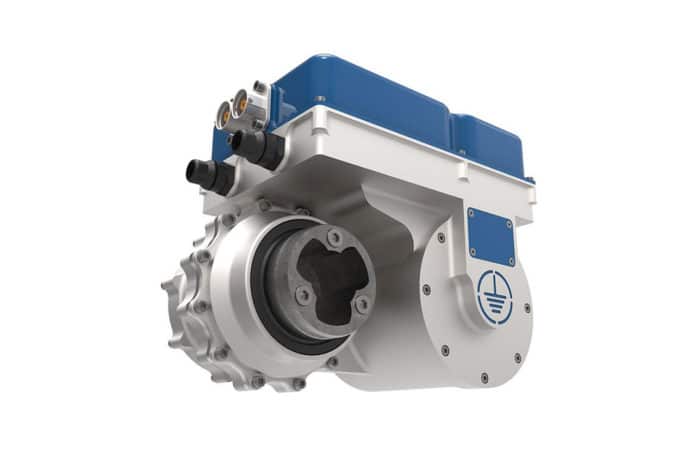When it comes to the progress of electric vehicles, experts often speak of an increase in the specific (per kilogram of weight) capacity of traction batteries. They are still looking for an optimal solution, recognizing modern batteries as the weakest point of electric vehicles. However, engineers are putting equal efforts to improve electric motors.
The latest project in this area is catching up with the numbers. The British company Equipmake and HiETA announced to develop the world’s strongest permanent magnet motor in terms of weight under the project name “Ampere.” The aim is to produce an ultra-lightweight, powerful, efficient, and cost-effective 3D printed electric motor with a peak current density of more than 20 kW/kg. That is a density that is more than four times as high as a conventional electric motor.
The new engine will use Equipmake’s expertise in the field of electric motor design and HiETA’s knowledge in the field of thermal engineering and additive manufacturing. For the Ampere, Equipmake and HiETA focus on peak power of 220 kW at 30,000 rpm and a mass of less than 10 kg (22 kW/kg).
By comparison, even the best standard motors in this category struggle to achieve 5 kW/kg. The powerful electric motor APM 125 from Equipmake, weighs 14 kg and produces 125 kW at 12,000 rpm. It has a power density of slightly less than 9 kW/kg.
The key to the Ampere performance is the combination of an advanced engine design with additive manufacturing, allowing the metal structure to be printed in 3D, rather than milled from a solid block. This brings many benefits.
Firstly, metal is only used where it is needed. Secondly, thermally efficient thin walls and optimized fine surface details can be directly combined with the structure of the motor. As a result, several parts are being replaced by a single, complex architecture. This has an exceptional cooling capacity, is light, has low inertia, and makes higher speeds possible.
Thanks to the new concept, it is not necessary to use a large number of high-strength alloys as well as expensive active materials such as magnets. And this brings lower production costs, according to the company.
There are already pictures of the upcoming Ampere engine generation, which will not be tested in prototypes until 2021.
